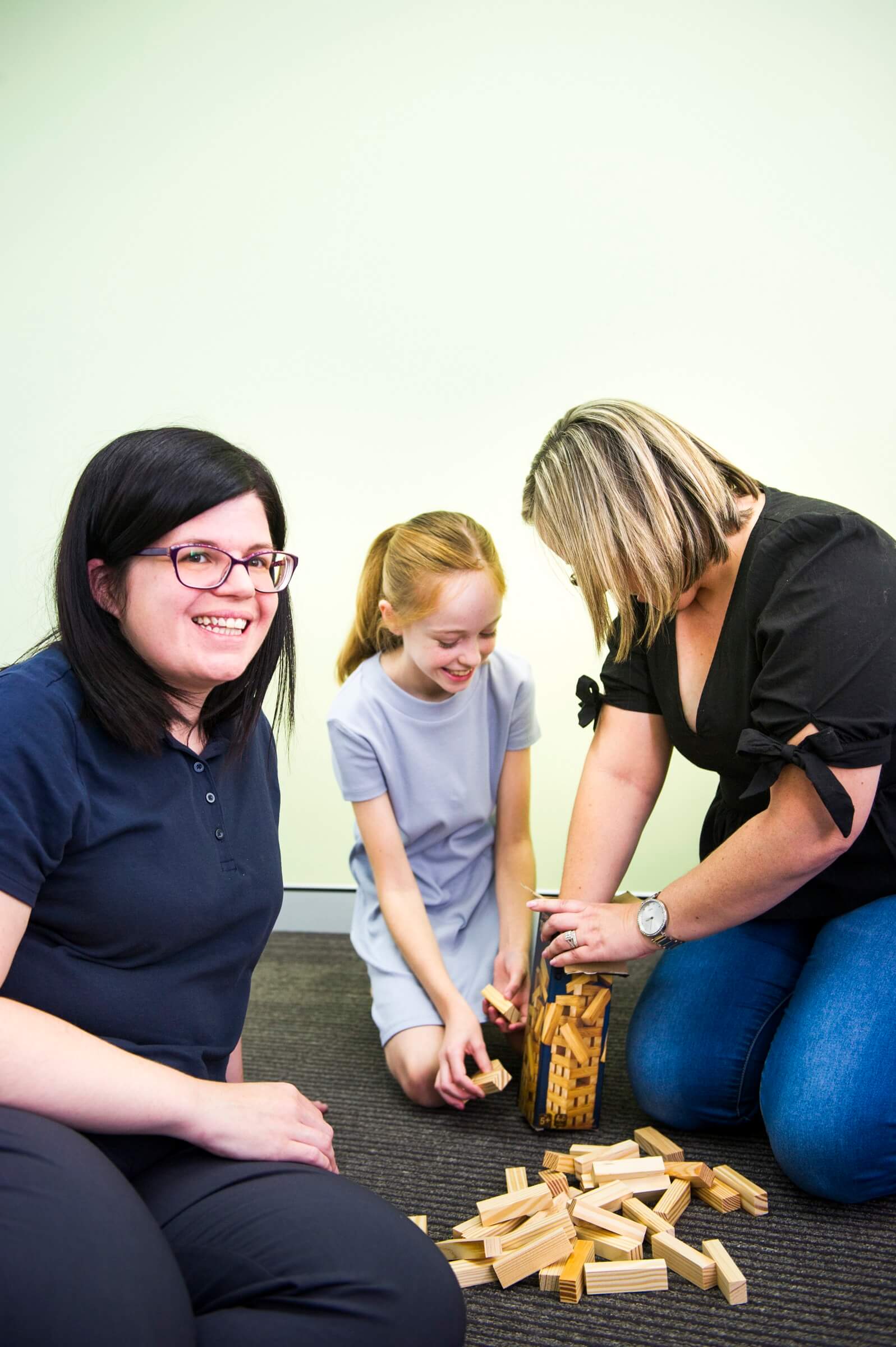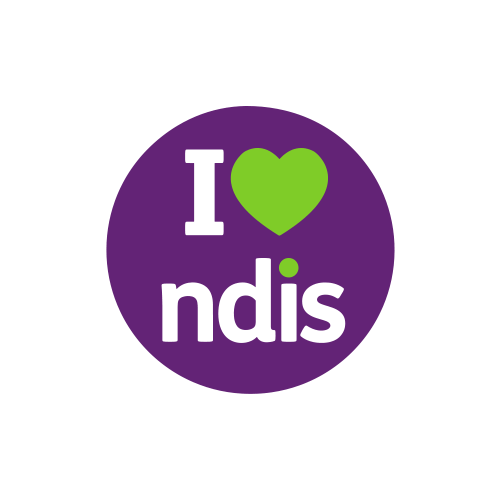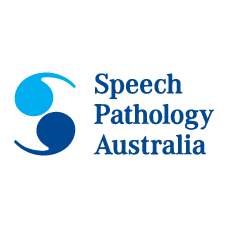Augmentative Alternative Communication (AAC)
Augmentative Alternative Communication is the term used to describe any method (device, system, or technique) that supports a person with communication challenges communicate more effectively.
Who uses AAC?
There are many reasons why a person may have difficulty communicating using speech (e.g. developmental disability or an acquired disorder). AAC is NOT just for people who are non-verbal. Many people with different communication difficulties, intellectual abilities and physical presentations can benefit from using AAC.
Types of AAC
There are many different types of AAC ranging from sign language and picture cards to eye gaze devices with speech generating software. It is important to meet with a Speech Language Pathologist to determine which AAC option may best suit your communication and access needs.
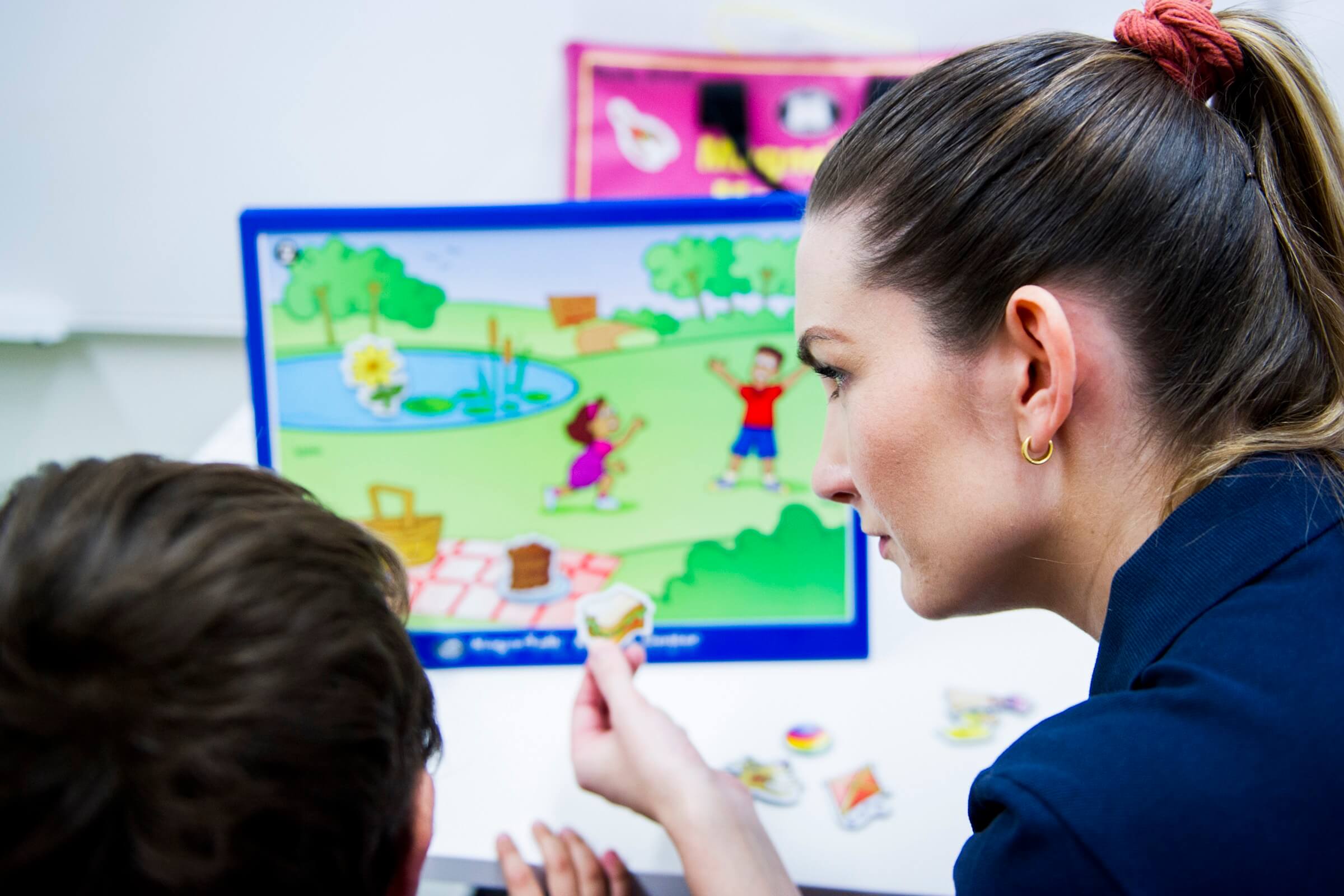
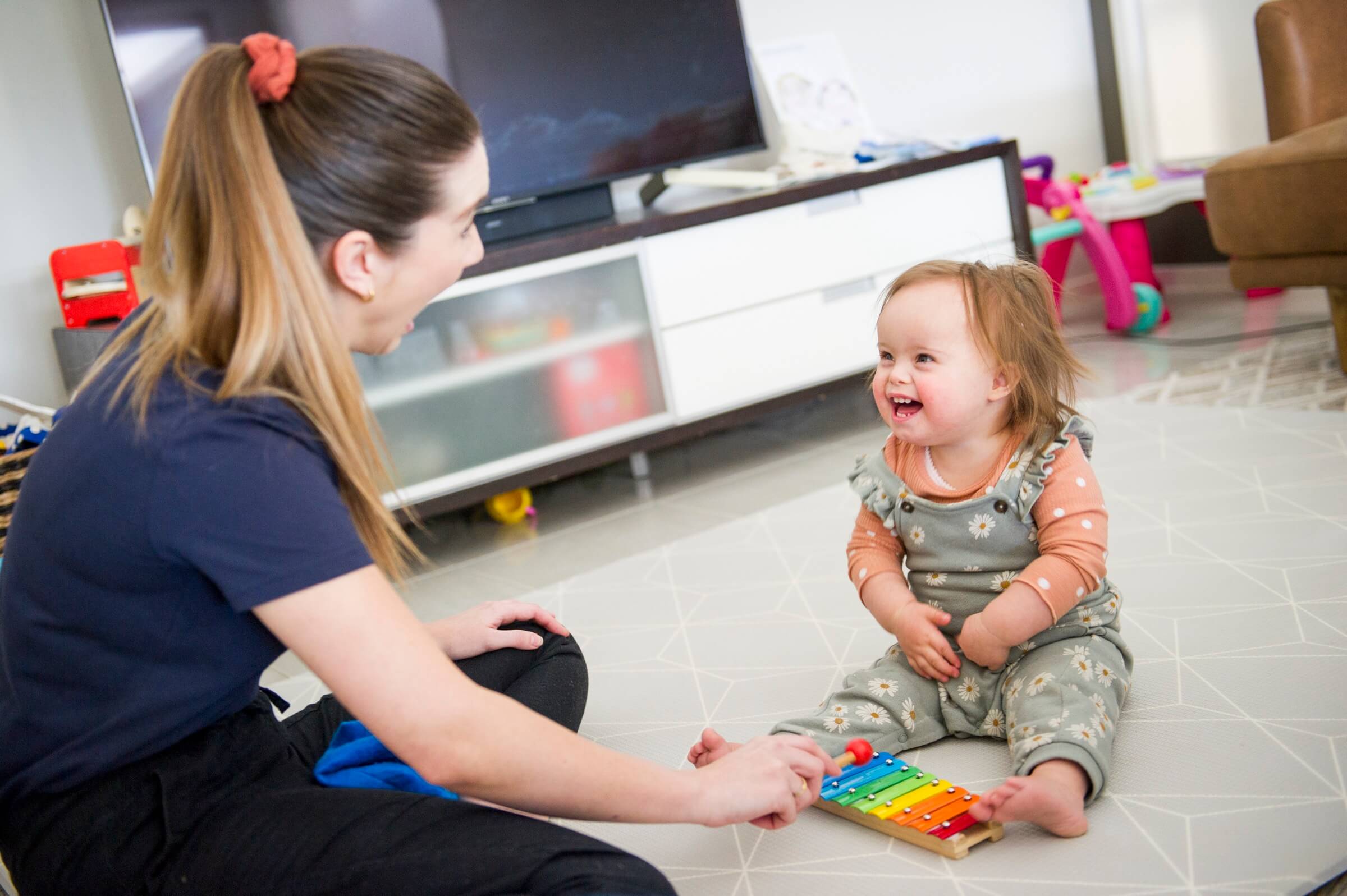
Is my child too young to use AAC?
In short – NO! Children do not need to be a certain age before they can benefit from AAC being used and modelled in their everyday environment.
AAC trained Therapists
At Adaptability Therapy our team of experienced Speech Language Pathologists are passionate about finding the right communication system for you, as such they are trained to use a variety of AAC systems such as:
- Key Word Sign
- PECS – Picture Exchange Communication System
- PODD – Gayle Porter’s Pragmatic Organisation Dynamic Display books and software
- Symbol based speech generating communication systems on iPad android and other dedicated devices
- Text based speech generating communication systems on iPad android and other dedicated devices
- Alternate access methods such as switches alternate mouse access eye gaze interaction etc
